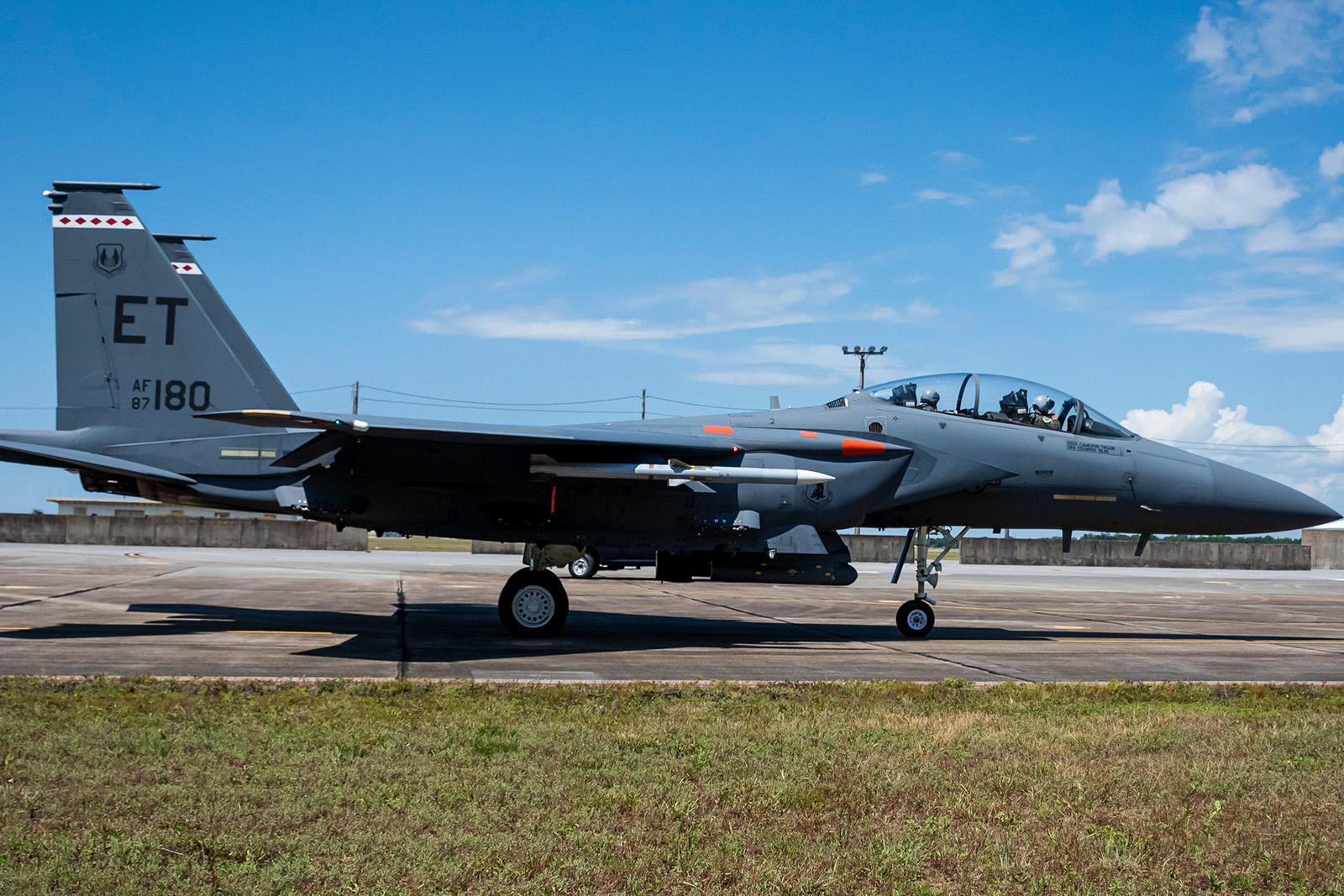The Weekly Debrief: Does Raytheon’s New AIM-120D3 Beat China’s Best Missile?

Credit: 1st Lt. Lindsey Heflin/U.S. Air Force
The U.S. Air Force advertised the Raytheon AIM-120D3 Amraam missile, which achieved a first guided launch test on June 30, as an upgrade for obsolete, two-decade-old electronics in the guidance section. The program has not improved the rocket motor or the propellant. But now Raytheon executives say...
Subscription Required
This content requires a subscription to one of the Aviation Week Intelligence Network (AWIN) bundles.
Schedule a demo today to find out how you can access this content and similar content related to your area of the global aviation industry.
Already an AWIN subscriber? Login
Did you know? Aviation Week has won top honors multiple times in the Jesse H. Neal National Business Journalism Awards, the business-to-business media equivalent of the Pulitzer Prizes.





